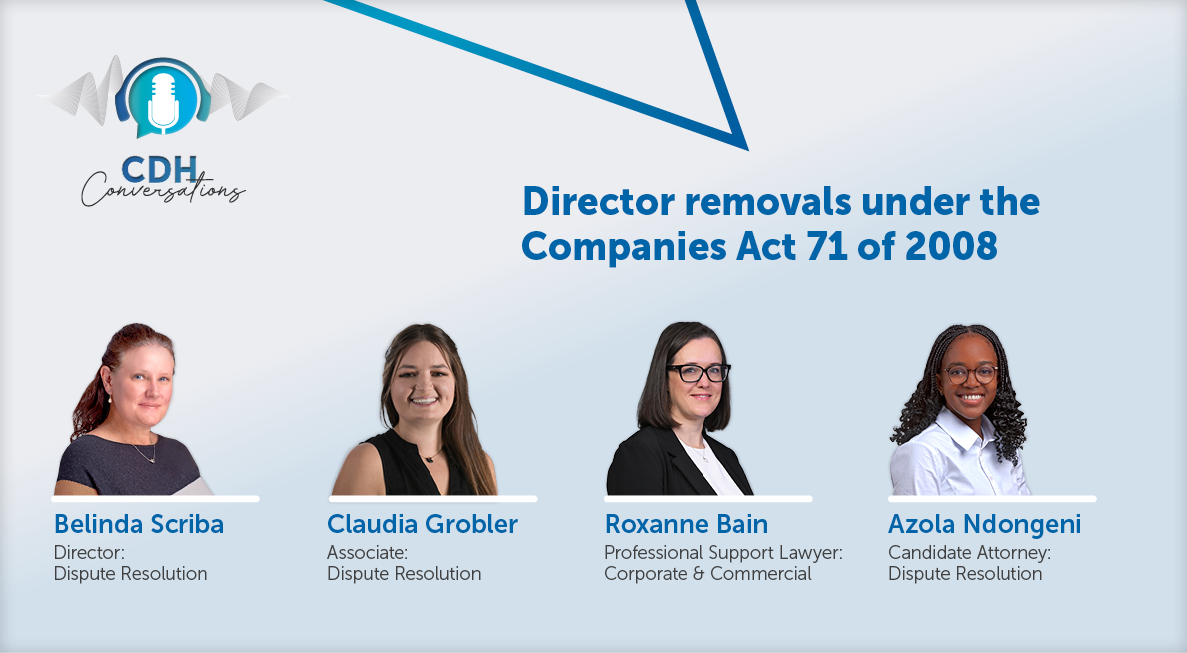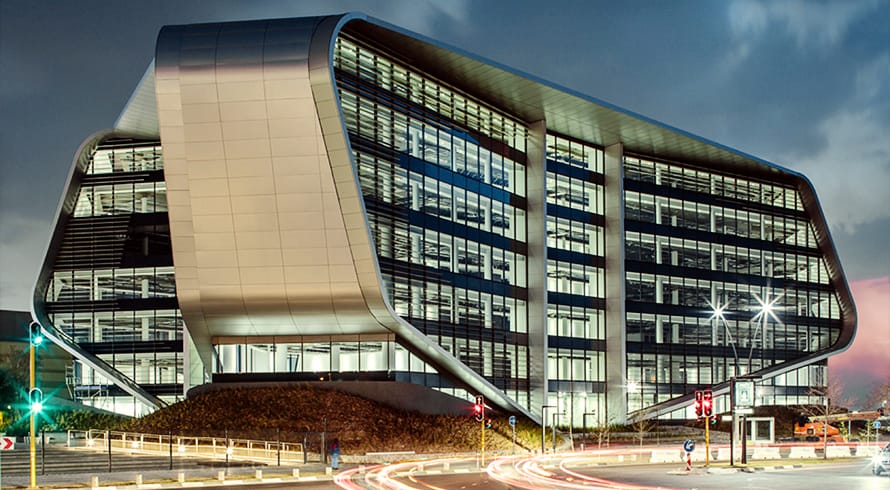Cars, taxable supplies and input VAT – what says the law?
Facts
While conducting an audit of the taxpayer’s tax affairs, the South African Revenue Service (SARS) found that the taxpayer claimed input tax in respect of the acquisition of a 2007 Mercedes Benz 115 CDI Crew Cab vehicle (Vehicle), on the basis that the Vehicle was acquired for the purpose of making taxable supplies. SARS disallowed the claim as it considered the Vehicle to be a “motor car” as defined in s1 of the VAT Act, No 89 of 1991 (VAT Act). The taxpayer objected to SARS’s assessment, alleging that it used the Vehicle solely in the courier business to deliver packages and not to transport passengers. SARS disallowed the objection and the taxpayer’s subsequent appeal to the Tax Board was also unsuccessful. The taxpayer then appealed to the Tax Court in terms of s115 of the Tax Administration Act, No 28 of 2011 (TAA).
Judgment
The Tax Court firstly referred to s17(2)(c) of the VAT Act, which states that a VAT vendor may not claim an input tax deduction in respect of the supply of a “motor car”, on which output tax was levied. Section 1 of the VAT Act contains a broad definition of “motor car”, but for purposes of this discussion it is only relevant that a “motor car” includes a “motor vehicle of the kind normally used on public roads, which has three or more wheels and is constructed or converted wholly or mainly for the carriage of passengers”. On the facts, the only issue was whether the Vehicle was constructed or converted wholly or mainly for the carriage of passengers.
Firstly, the Tax Court considered the meaning of the word “mainly”. It referred to the decision in ITC 1596 (1995) 57 SATC 341 (T), where that court held that “mainly” refers to a measure of more than 50% and that an objective test must be applied to make this determination. Importantly, the court in ITC 1596 stated that the total construction, assembly, appearance, and space or surface of the vehicle must be taken into account to determine whether the vehicle is constructed mainly, ie more than 50%, for the carriage of passengers. This test was also approved in ITC 1693 62 SATC 518.
In the current case, the taxpayer argued that the characteristics of the Vehicle showed that it was constructed mainly for the transportation of goods. It argued that the floor area of the Vehicle should not be the test to determine whether it was mainly used to carry passengers, but rather the load capacity of the Vehicle which in this instance was weighted towards the carriage of goods. It argued that the Vehicle’s second row of seats were used to load goods for carriage, but SARS disputed this and argued that the Vehicle was constructed mainly for the carriage of passengers.
In assessing the parties’ arguments, the Tax Court referred to the judgment in ITC 1596, but held that it should be read with SARS Interpretation Note 82 (IN82). According to IN82, when applying the objective test, one must determine whether the passenger area or dedicated loading space is longer and that an area comprising fold-up seats should be regarded as a space for passengers. In applying the objective test, the court considered the diagrams and dimensions of the Vehicle as well as photographs of the Vehicle. These diagrams showed that the length of the Vehicle’s passenger space constituted 65% of the Vehicle’s total length, excluding the engine area. The floor area of the passenger space also constituted 65% of the Vehicle’s floor area. The Tax Court rejected the taxpayer’s argument that the driver’s seat should be excluded from the calculation of the floor area comprising passenger space and endorsed the approach set out in IN82.
Interestingly, the court also remarked on s12 and s125 of the TAA which deals with the issue of legal representation before the Tax Court. In terms of s125, SARS may be represented in an appeal by a senior official referred to in s12. Section 12 states that the senior official must be an admitted advocate or attorney in order to represent SARS at the hearing. The same does not apply to the taxpayer, who may represent herself or may be represented by her representative, which may be a layperson with no understanding of the law or court process. According to the Tax Court, this provision may lead to an imbalance as to the equality of arms and creates a gap in the law which needs to be addressed by the relevant authorities “to ensure that the representatives have some expertise in the field of tax law”.
Comment
Although the principles in the RTCC decision are well established in our law, it serves as a reminder to taxpayers whose business involves the making of taxable supplies and who are vendors in terms of the VAT Act, to ensure that they are able to claim an input tax deduction on motor vehicles purchased for their business. The failure of the taxpayer to claim such an input tax deduction will have a detrimental impact on the cash flow of a business, especially in the short term, depending on the category of vendors in which the taxpayer falls in terms of s27 of the VAT Act. If, for example, the taxpayer is a category A or B vendor, it will have to pay VAT to SARS every two months. However, there is a solution for a vendor who realises after the fact that it has purchased a vehicle on which it cannot claim an input tax deduction: IN82 states in paragraph 3.6.2 that under such circumstances, if the vendor subsequently converts the vehicle so that it no longer constitutes a “motor car”, the vendor will be entitled to deduct input tax on the original or initial purchase price of the converted vehicle. IN82 further states that the vendor would most likely also be able to claim input VAT on the conversion costs provided the vehicle is used, consumed or supplied in the making of taxable supplies.
The information and material published on this website is provided for general purposes only and does not constitute legal advice. We make every effort to ensure that the content is updated regularly and to offer the most current and accurate information. Please consult one of our lawyers on any specific legal problem or matter. We accept no responsibility for any loss or damage, whether direct or consequential, which may arise from reliance on the information contained in these pages. Please refer to our full terms and conditions. Copyright © 2026 Cliffe Dekker Hofmeyr. All rights reserved. For permission to reproduce an article or publication, please contact us cliffedekkerhofmeyr@cdhlegal.com.
Subscribe
We support our clients’ strategic and operational needs by offering innovative, integrated and high quality thought leadership. To stay up to date on the latest legal developments that may potentially impact your business, subscribe to our alerts, seminar and webinar invitations.
Subscribe




